When Coal was King (Mine Substation)
We’re taking you back to when coal was king and use of the fuel wide spread. It heated homes and powered industry, among others. The rather insignificant building seen here is hidden away in a coulee and functioned as a mine substation. Right here and on this very spot was the electrical connection to underground workings below. The people needed coal and it came from way down there (making a downward pointy motion).
It’s certainly not much to look at, nor the structure that big, but none the less it was of huge importance. From here, electricity arriving via outside transmission lines was switched/conditioned/stepped up or down before going subterranean. There it powered everything and without, the place would go dark.
When Coal was King (Mine Substation): an electrical connection to deep underground. With Chris Doering & Connie Biggart (BIGDoer/Synd)
Be like the Bakers…
We’re not sure how far down the workings are at this point. We can only find info on the average mean depth of the mine (it’s about 120m or 35 stories), but at this connection they’re not that far down. It’s maybe about half the average here based on the slope of the land and distance from the entry. The tunnels get deeper the further away they go and here we’re relatively a short way in.
For its time this mine was a high-tech showpiece and unlike most others in the area, fully electric. Coal was extracted by machine, the workspace electrically lit and rail haulage by trolley or battery powered mine locomotive. That’s right from the start.
When opened in the early 1940s it may have been cutting edge but not so much when it closed in the mid-1960s. It appears nothing much was ever ungraded and so by the end, everything showed its age.
Compare this to many competing mines in the valley, however, which used horse powered haulage, were unlit except for the miner’s lamps and with coal often dug by hand. Many of these predated the 1920s and little changed in operations over the years. Most of these older mines closed post World War Two after exhausting workable reserves, due to shrinking markets or that they were no longer competitive.
The substation houses some rather curious machinery and the exact function of each component a relative mystery to us. It appears that some equipment got removed from the building at some point and the interior perhaps not exactly as it was. A large vent up top helped with airflow inside and suggests it got hot in here. Those knife switches are so cool and we keep thinking “mad scientist’s lab” here.
We’re not sure where the location of the conduit leading down into the earth, but perhaps it’s under the machinery. We looked and found nothing definite. Old records suggest the underground workshops for the mine are located right below at this point and that spot a machinery maintenance and repair base. Further, it’s hinted that some of that stuff might still be entombed below and simply left behind when they closed.
As well, there’s probably a big electrical panel at that point and numerous cables coming in from various points in the mine.
Remarkably, some transmission lines remain strung up near the substation and a fence that once surrounded the building lies broken on the ground. The building is about as simple as it comes and in a deteriorated state after sitting abandoned for more than half a century. Time and the elements have certainly taken their toll.
The surface plant of this mine was removed on closing and you’d never know it ever existed. You can drive right past the location on a rural backroad and see nothing. That this substation is secreted away in a remote coulee was no doubt the reason it didn’t get destroyed. It’s no where near a road, well hidden away and pretty insignificant in terms of footprint, so they didn’t bother I guess.
The coal mined here was of the subbituminous variety (so close to mid-point on the volatility scale) and that’s pretty typical for the area. In the quarter century the mine operated they extracted over two and a half million tonnes of material. This made it one of the larger mines the area, in terms of output, but compared to the big strip operations of today, out in southeastern BC for example, that’s a drop in the bucket. Many mines there extract that much, or many times the amount, in a single year.
Still, by the standards of the time, they did well here.
The workings extended over four kilometres from the entry and if you put all the tunnels end to end they would stretch halfway across the province. They mined two separated seams (many mines in the area only worked one) and the average coal thickness was something under two metres. That’s pretty average for the local coal field but in the biz today, insignificant and almost laughable. Coal seams in the mountains can be many times those on the prairies.
Surface mining in this area would generally not be possible due to the depth of the coal. Not that you’d be allowed to anyway. Underground mines are a thing of the past and so even through the miner’s of old here only took a small amount, and there’s lots left behind, this coal field is off the radar now.
Most coal from the area was for domestic use, so home heating and cooking, but some did get sold to industry. We’re not sure the breakdown for this particular mine, but data suggests they served both markets. The makeup of the coal here made it more ideal for home use, more so than any other, but if you were buying, they were selling.
Domestic coal never travelled far on account of its low value. Markets likely served includes Calgary and surrounding area, perhaps Red Deer, southeastern Alberta and maybe some shipped into bordering Saskatchewan. That’s about it and mostly it moved by rail. This mine was in competition with dozens of others in the general area and all served similar markets.
Back in the day there were hundreds of coal mines scattered across the entire province. Some were small scale and worked by a few men and others like this, much larger in scope. This mine was so big it supported a company town and had a huge payroll. Until the 1950s, most coal mines were of the underground type but since that time surface mining has been the way to go.
Everything old is getting wiped off the map, but every one in a while, we can find remains like this and it gets us thinking every time. It’s just a tiny nothing shack in the middle of nowhere, but without the mine could not operate. We’re looking at one of the most important pieces of a big puzzle and that’s incredible. This place was where it happened.
A coal mine you can tour (new window): Atlas Coal Mine East Coulee.
They’re saying…
“Nice to learn more about the abandoned history of Canada!” Derk van Deelen.
Coal mining related…
When Coal was King (Alberta Badlands).
Tofield Coal Mines.
Crowsnest Pass Coal Mine Fan House.
Date of Adventure: May, 2022.
Location(s): Coal Country, Alberta.
Article references and thanks: John G, Alberta Energy Regulator and University of Calgary Archives.
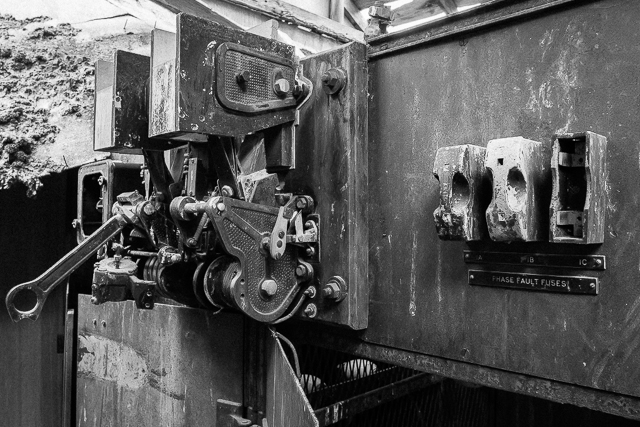
Inside this mine substation.
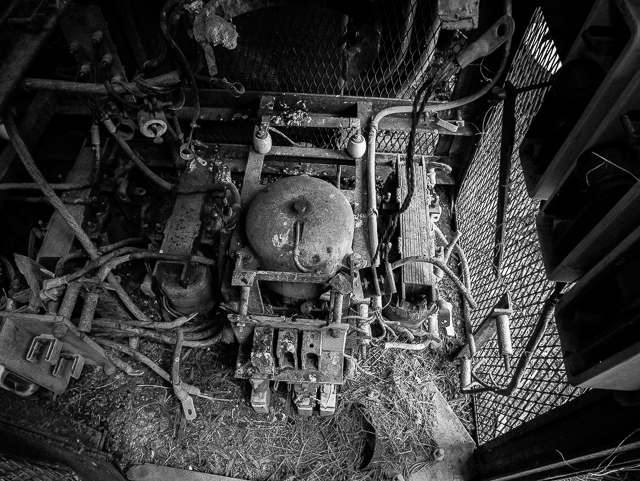
It might not look like much but was of huge importance.
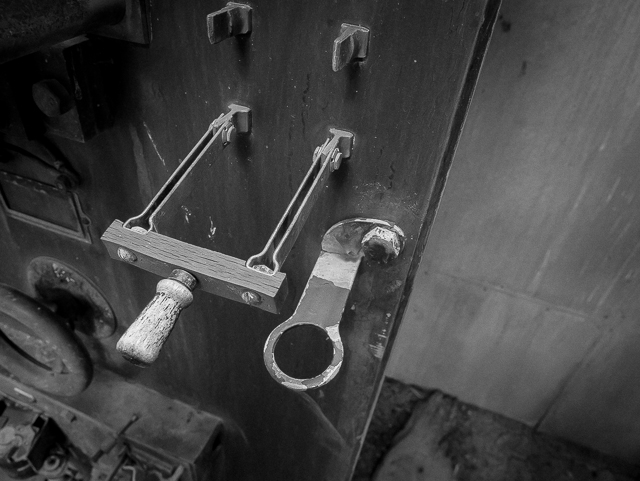
1940s tech.
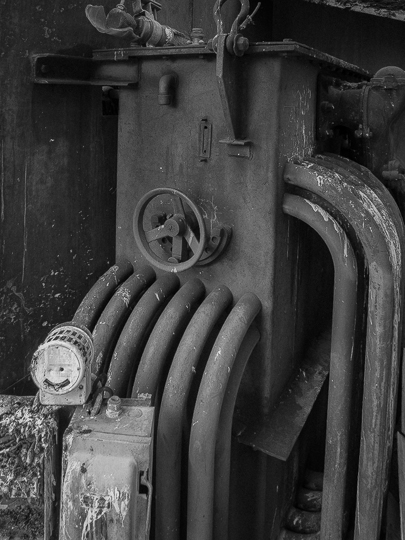
There’s much left behind.
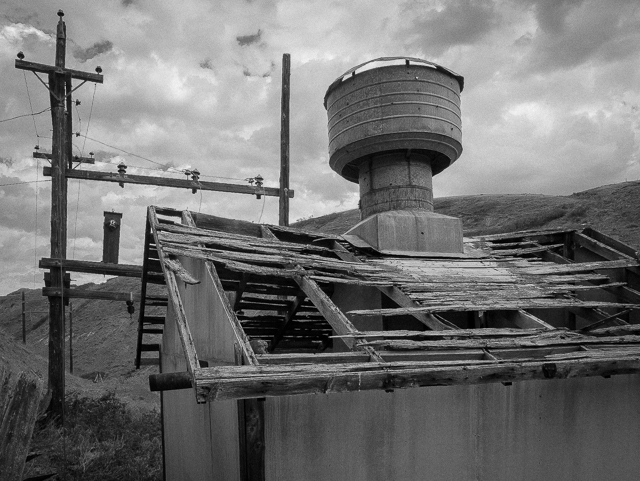
Vent provided airflow for electrical gear.
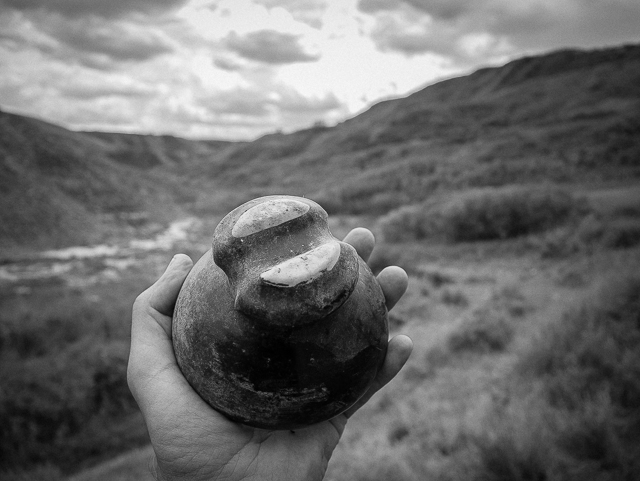
An insulator found just lying there.
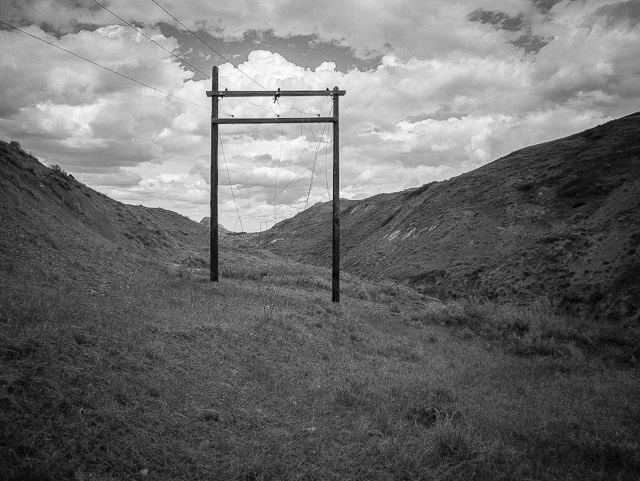
Note the transmission lines still in place.
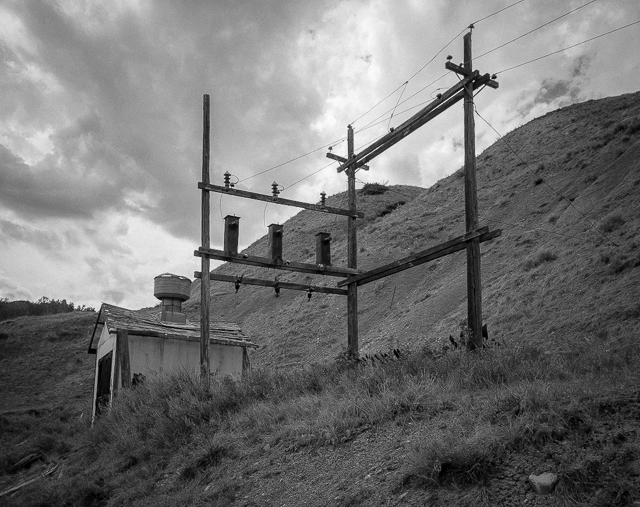
From here electricity was routed underground.
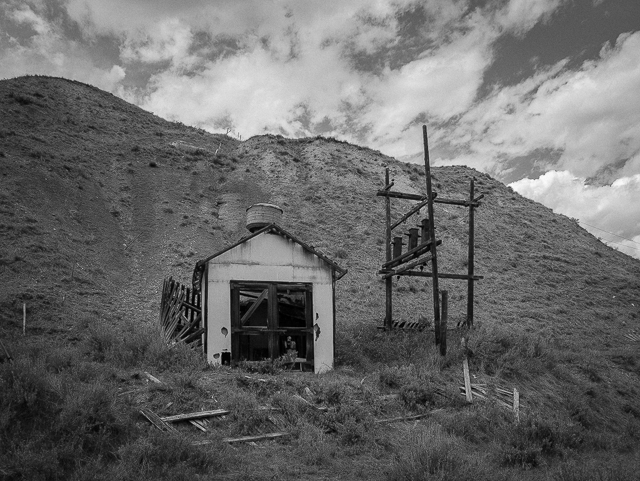
Abandoned for more than half a century now.

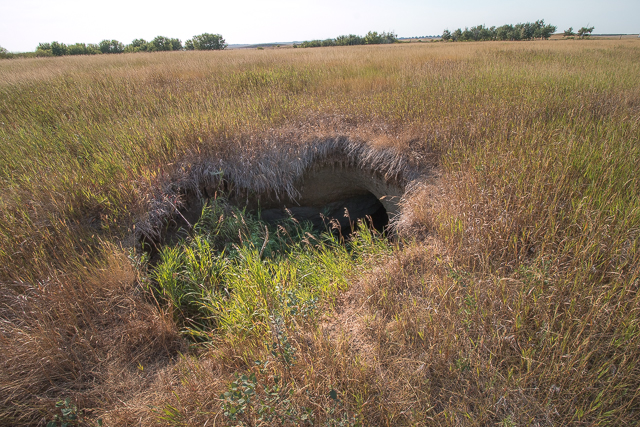
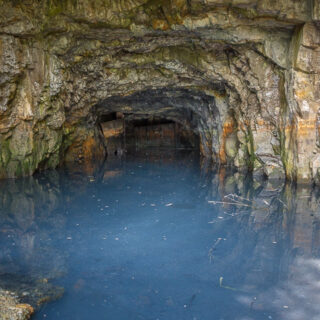
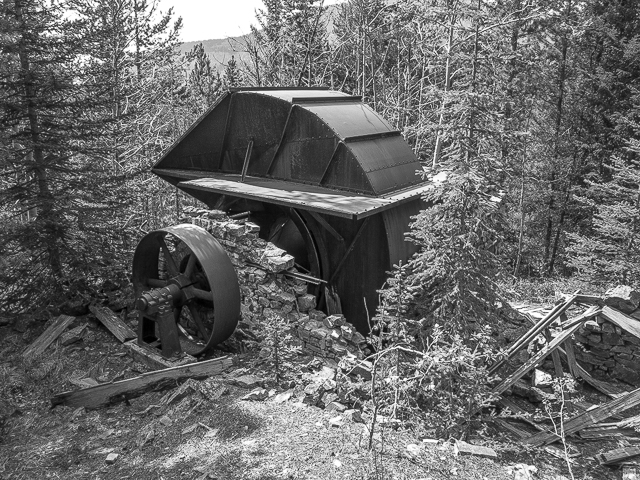
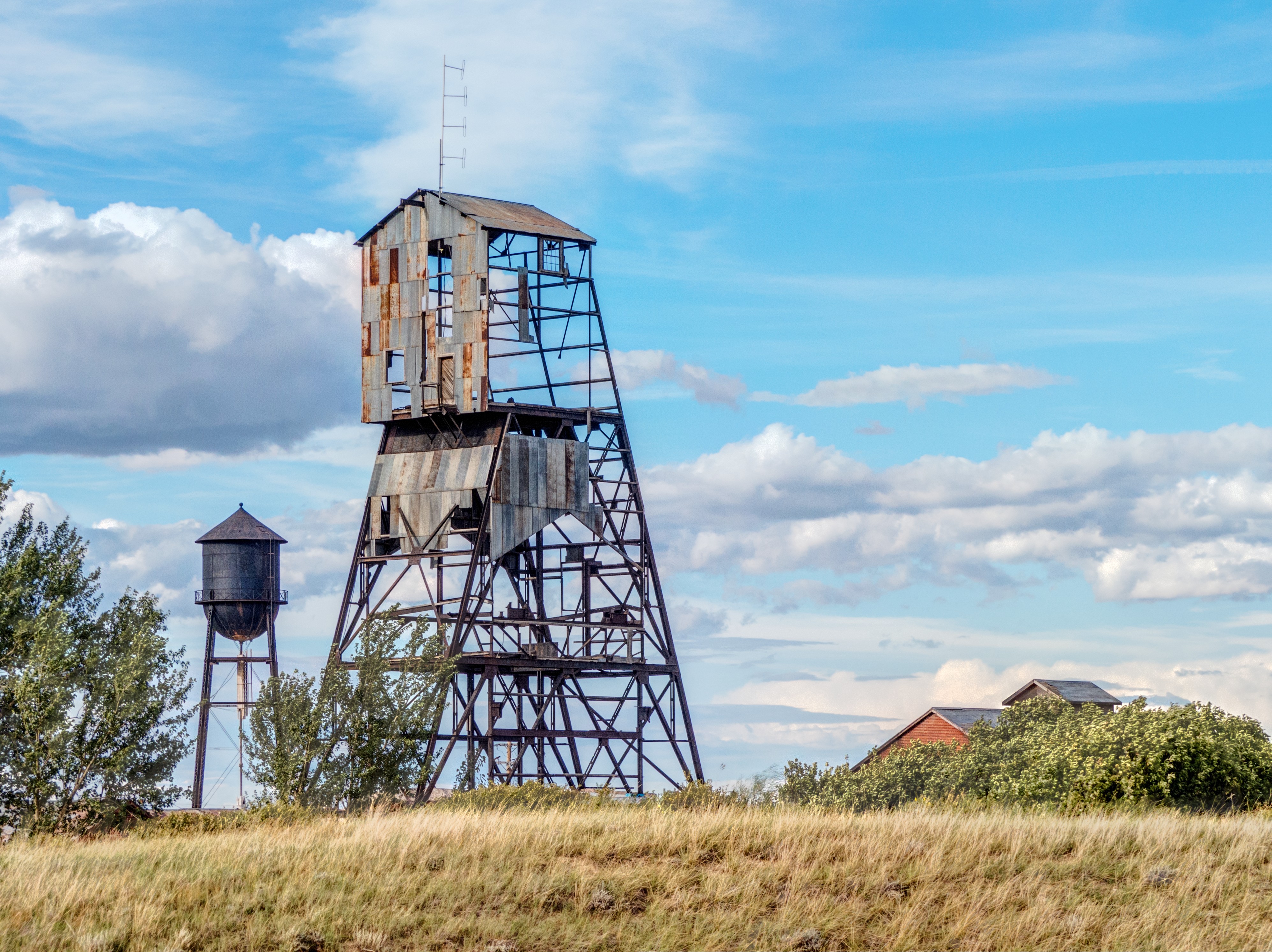
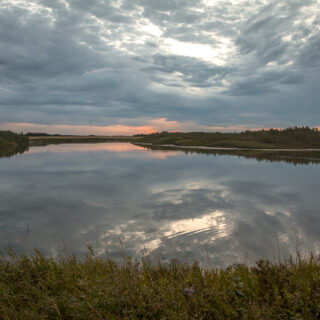
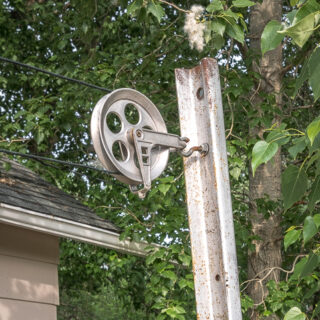
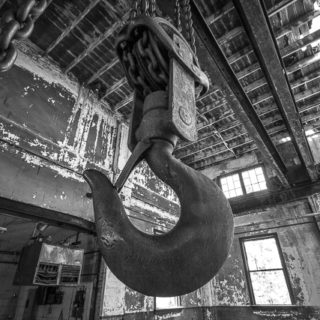
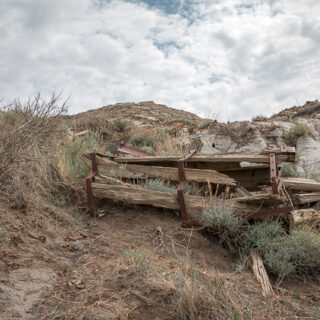
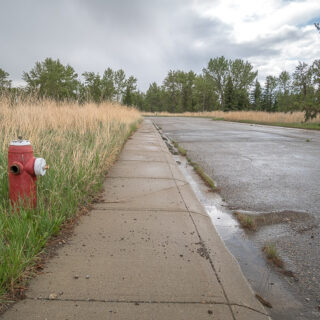
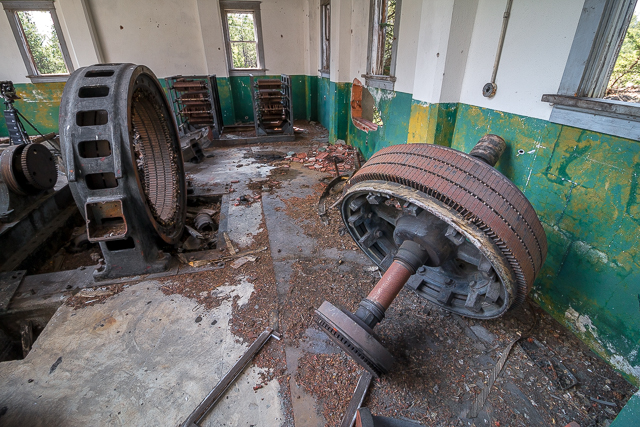
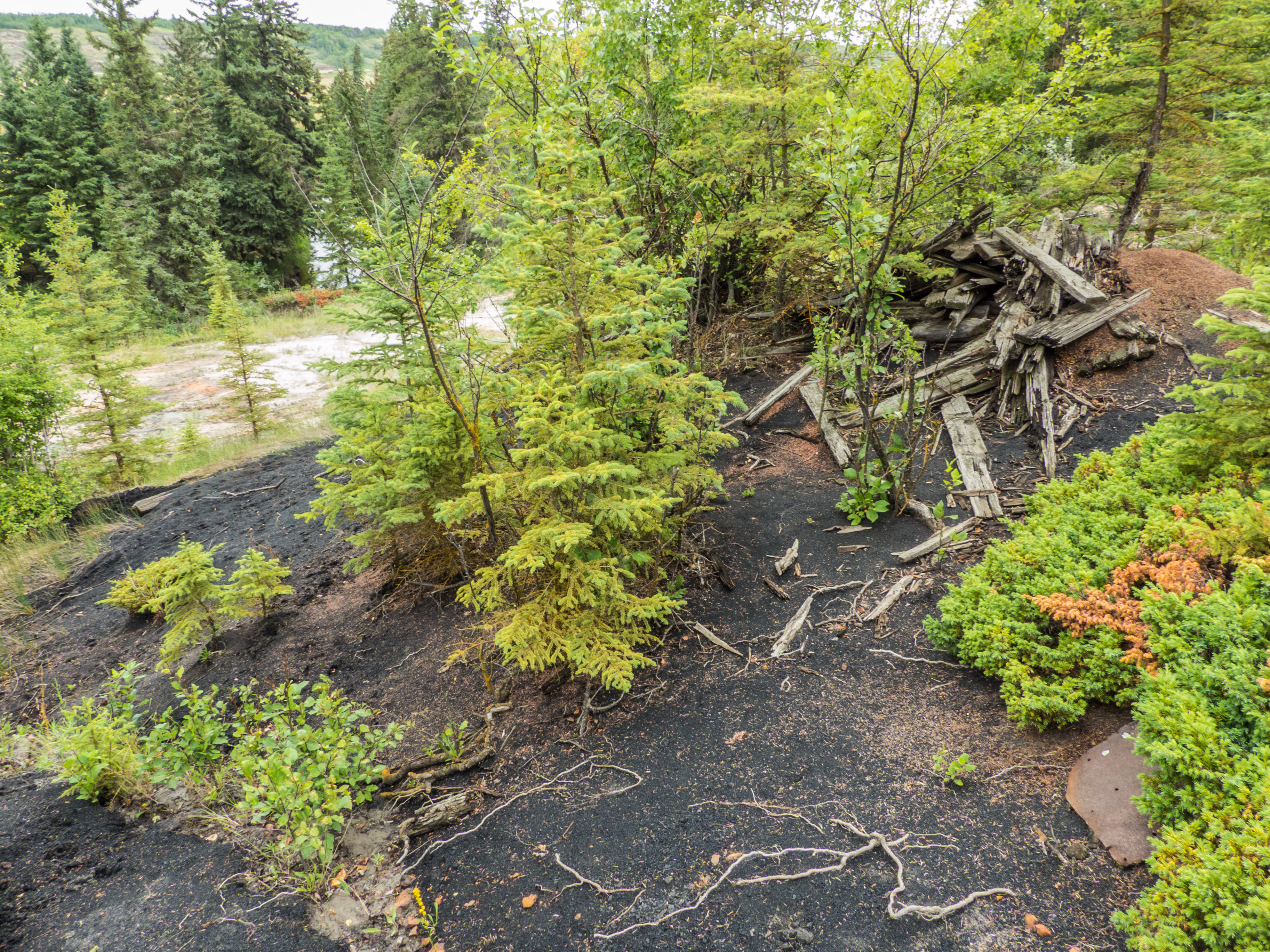
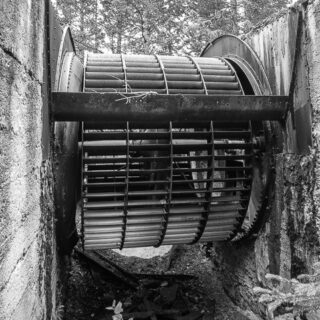







Comments are currently turned off